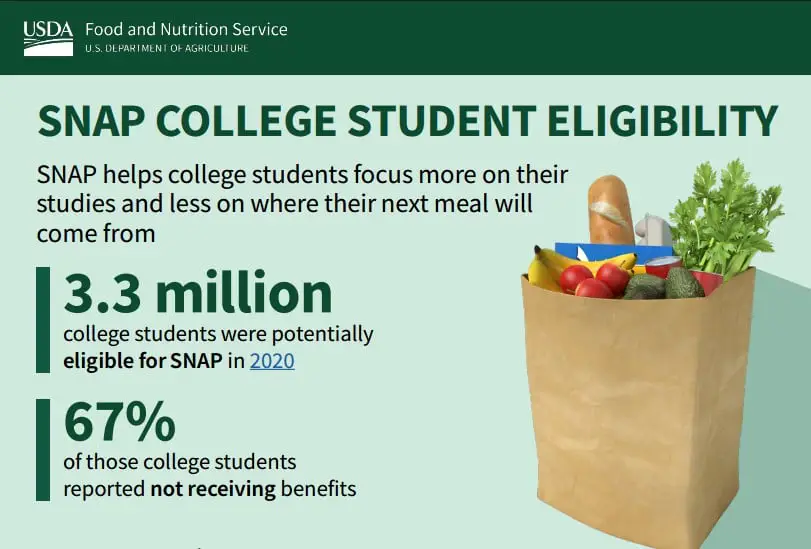Changes to Michigan’s SNAP program impact eligibility and benefits, leaving many families and vulnerable groups to navigate significant adjustments.
Major SNAP In Michigan Program Changes: What You Need to Know
Thousands of Michigan residents depending on the Supplemental Nutrition Assistance Program (SNAP) face immediate adjustments as new federal guidelines take effect. These changes, which include income eligibility thresholds and increased benefit amounts, aim to address inflation but may also limit access for some families. The updates, effective from October 2024, are part of an annual federal review designed to ensure the program reflects economic realities.
Adjusted Income Limits and Maximum Monthly Benefits
The U.S. Department of Agriculture (USDA) has revised both the income eligibility thresholds and maximum benefit amounts for SNAP recipients. The adjustments aim to reflect rising costs but may reduce access for some households due to stricter income limits.
New maximum monthly SNAP benefits by household size:
- 1 person: $292 (up from $291)
- 2 people: $536 (up from $535)
- 3 people: $768 (up from $766)
- 4 people: $975 (up from $973)
- 5 people: $1,158 (up from $1,155)
- 6 people: $1,390 (up from $1,386)
- 7 people: $1,536 (up from $1,532)
- 8 people: $1,756 (up from $1,751)
For households larger than eight, the benefits increase by $220 per additional person.
New gross monthly income limits by household size:
- 1 person: $2,510
- 2 people: $3,408
- 3 people: $4,304
- 4 people: $5,200
- 5 people: $6,098
- 6 people: $6,994
- 7 people: $7,890
- 8 people: $8,788
For households larger than eight, gross income limits increase by $898 per additional person.
While these adjustments provide modest increases to benefit amounts, the stricter income limits could result in fewer eligible households.
Impact on Vulnerable Populations
The revised guidelines include protections for certain vulnerable groups. These groups do not need to meet work requirements to qualify for SNAP:
- Individuals with disabilities
- Pregnant women
- Households with children
- Veterans
- Individuals experiencing homelessness
- Young adults (18–24) aging out of foster care
While these exceptions help protect the most at-risk individuals, stricter income limits may still pose challenges for borderline households.
Michigan’s Administrative Challenges
Michigan also faces scrutiny for errors and delays in administering SNAP benefits. The USDA issued a warning to Michigan and 47 other states, urging improvements in program management. Secretary Thomas Vilsack stated, “Americans in need should have access to essential benefits without unnecessary delays and mistakes.” Governor Gretchen Whitmer has been called to address the concerns to avoid jeopardizing federal funding.
SNAP in Michigan For Students

College students in Michigan may be eligible for Supplemental Nutrition Assistance Program (SNAP) benefits, helping them focus on their education without the burden of food insecurity. Despite the significant need, many students remain unaware of their eligibility, with 67% of potentially qualified students nationwide not receiving benefits in 2020.
To qualify, college students enrolled at least half-time must meet general SNAP requirements and satisfy at least one of the following conditions:
- Work 20 or more hours per week.
- Participate in a federal or state work-study program.
- Have a physical or mental disability that limits their ability to work.
- Care for a young dependent child.
- Receive Temporary Assistance for Needy Families (TANF).
- Be enrolled through specific employment and training programs such as SNAP Employment & Training (E&T) or Workforce Innovation and Opportunity Act (WIOA).
- Participate in on-the-job training programs.
- Be under 18 or over 49 years old.
For Michigan students, these guidelines offer a pathway to critical support, but awareness remains low. Students should contact their state or local SNAP office or visit the USDA SNAP Students Information page for more details.
By increasing participation, those using SNAP in Michigan can help ensure that students can access the nutritious food they need to succeed academically.
Inflation and Economic Pressure For Those Using SNAP in Michigan
These SNAP adjustments reflect ongoing economic challenges, including inflation and rising food prices. While the increases in benefits aim to offset these pressures, critics argue that they do not go far enough to meet the needs of low-income households.
Advocacy groups are urging for more comprehensive reforms, emphasizing the importance of robust support for food security programs.
Find More Interesting Feature Stories From ThumbWind
- Michigan Feature Stories – Unveiling the diverse and vibrant people, captivating places, and remarkable events that make the Great Lake State unique.
- Weird Political News – A sarcastic take on political news, offering a humorous perspective on the absurdities of U.S. politics.
- Michigan News – Updates on local stories, impactful interviews, and events shaping Michigan’s Upper Thumb region.
Your Turn – Like This, or Loath it – We Want To Hear From You
Please offer an insightful and thoughtful comment. We review each response. Follow us to have other feature stories fill up your email box, or check us out on ThumbWind Publications.




